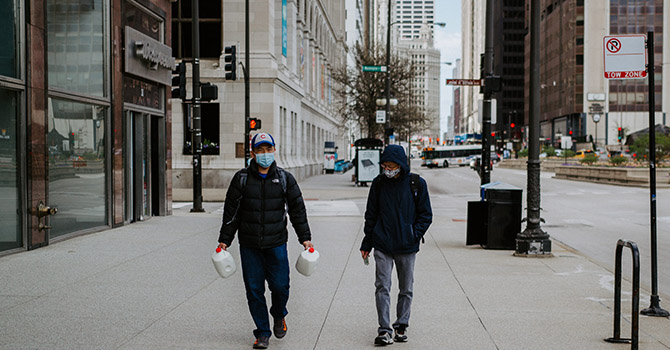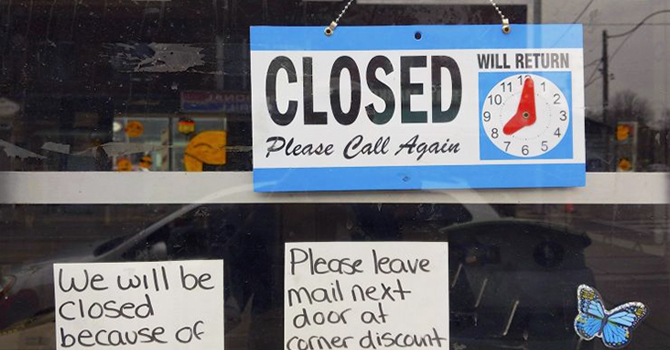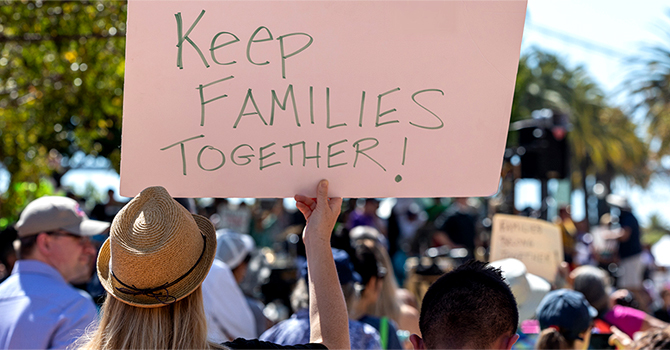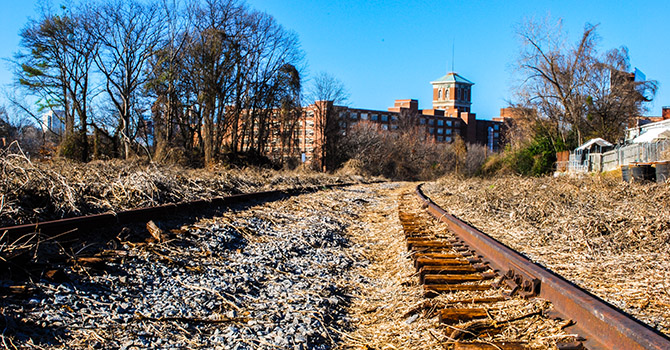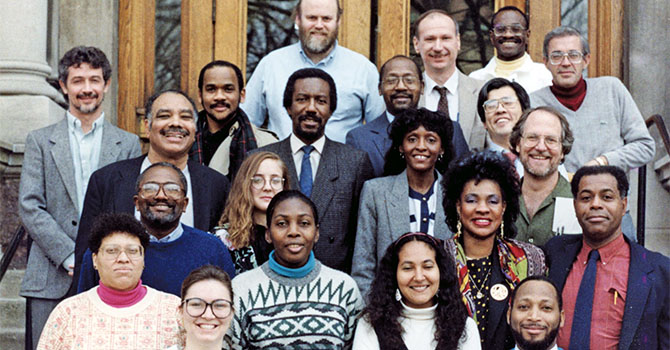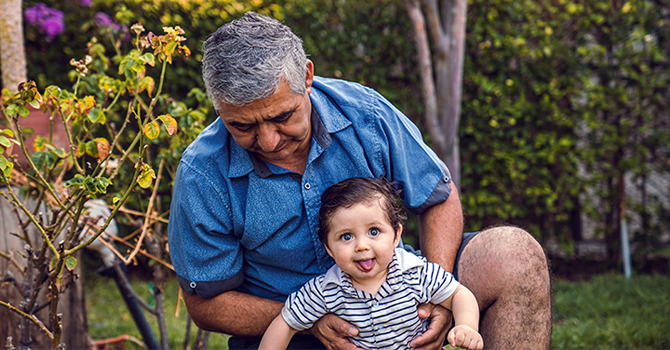
Will COVID-19 Be a Catalyst for Paid Family Leave Expansion?
Batsheva Honig
Paid family leave is needed now more than ever. The United States is the only developed country without mandated paid family leave policy for all employees, a fact thrown into sharp relief by the coronavirus pandemic.

